Market Trends
Introduction
As we delve into the Feed Binders Market in 2026, several macro factors are significantly influencing its evolution. Technological advancements in feed formulation and processing are driving innovation, enabling the development of more efficient and effective binding agents. Concurrently, regulatory pressures surrounding animal feed safety and sustainability are prompting manufacturers to adapt their product offerings to comply with stringent guidelines. Additionally, shifts in consumer behavior, particularly the growing demand for natural and organic feed products, are reshaping market dynamics. These trends are strategically important for stakeholders, as they not only dictate product development and marketing strategies but also influence competitive positioning in an increasingly complex landscape.
Top Trends
-
Sustainability Initiatives
The Feed Binders Market is increasingly influenced by sustainability initiatives, with companies adopting eco-friendly practices. For instance, Archer-Daniels-Midland Company has committed to reducing greenhouse gas emissions by 25% by 2030. This shift is driven by consumer demand for sustainable products, leading to a rise in bio-based binders. As regulations tighten, companies that prioritize sustainability may gain a competitive edge, impacting operational strategies and supply chain management. -
Technological Advancements
Innovations in processing technologies are reshaping the Feed Binders Market, enhancing product quality and efficiency. J.M. Huber Corporation has invested in advanced manufacturing techniques that improve binder performance. Data indicates that companies adopting new technologies can reduce production costs by up to 15%. Future developments may include AI-driven processes, which could further optimize production and reduce waste, influencing market dynamics. -
Health and Nutrition Focus
There is a growing emphasis on health and nutrition in animal feed, driving demand for functional feed binders. For example, E. I. du Pont de Nemours and Company has developed binders that enhance nutrient absorption. Research shows that using specialized binders can improve feed efficiency by 10-20%. This trend is likely to continue, with potential regulatory changes promoting healthier feed formulations, impacting product development strategies. -
Regulatory Compliance
Stricter regulations regarding feed safety and quality are shaping the Feed Binders Market. Governments are implementing guidelines that require transparency in ingredient sourcing, as seen in the EU's Feed Hygiene Regulation. Compliance with these regulations can increase operational costs but also enhance product credibility. Companies that proactively adapt to these changes may benefit from increased market trust and customer loyalty. -
Rising Demand for Organic Feed
The demand for organic feed is on the rise, influencing the types of binders used in formulations. The organic feed market is projected to grow significantly, prompting companies like Roquette Freres S.A. to develop organic-certified binders. This shift is driven by consumer preferences for organic products, which could lead to a 20% increase in organic feed production. Future developments may include more innovative organic binder solutions to meet this demand. -
Global Supply Chain Challenges
The Feed Binders Market is facing challenges due to global supply chain disruptions, impacting raw material availability. Companies like Darling Ingredients Inc. are adapting by diversifying their supplier base to mitigate risks. Recent data indicates that supply chain issues have led to a 5-10% increase in raw material costs. Future strategies may focus on local sourcing and vertical integration to enhance supply chain resilience. -
Increased Competition
The Feed Binders Market is becoming increasingly competitive, with new entrants and innovations disrupting traditional players. FMC Corporation has launched a range of novel binders that cater to niche markets. This competition is driving down prices and pushing companies to innovate continuously. As market dynamics evolve, companies may need to invest more in R&D to maintain their market position and meet changing consumer demands. -
Customization and Tailored Solutions
There is a growing trend towards customization in feed binder formulations to meet specific nutritional needs. Gelita AG has introduced tailored binder solutions for different animal species. This trend is supported by research indicating that customized feeds can improve animal performance by 15%. Future developments may see increased collaboration between manufacturers and nutritionists to create bespoke solutions, enhancing market offerings. -
Digital Transformation
Digital transformation is impacting the Feed Binders Market, with companies leveraging data analytics for better decision-making. Avebe U.A. has implemented digital tools to optimize production processes. Studies show that companies adopting digital solutions can improve operational efficiency by 20%. As technology continues to evolve, the integration of IoT and big data may further revolutionize production and supply chain management. -
Emerging Markets Growth
Emerging markets are becoming significant players in the Feed Binders Market, driven by increasing livestock production. Countries in Asia-Pacific are witnessing a surge in demand for feed binders, with a projected growth rate of 8% annually. Industry leaders are expanding their presence in these regions to capitalize on this growth. Future developments may include localized production facilities to better serve these markets and reduce logistics costs.
Conclusion: Navigating the Feed Binders Landscape
As the Feed Binders Market evolves, competitive dynamics are increasingly characterized by fragmentation, with both legacy and emerging players vying for market share. Regional trends indicate a growing demand for sustainable and innovative solutions, prompting vendors to adapt their strategies accordingly. Legacy players are leveraging their established networks and expertise, while emerging companies are focusing on agility and cutting-edge technologies. The ability to integrate AI, automation, and sustainability into product offerings will be pivotal in determining market leadership. Vendors must prioritize flexibility in their operations to respond to shifting consumer preferences and regulatory landscapes, ensuring they remain competitive in this rapidly changing environment.

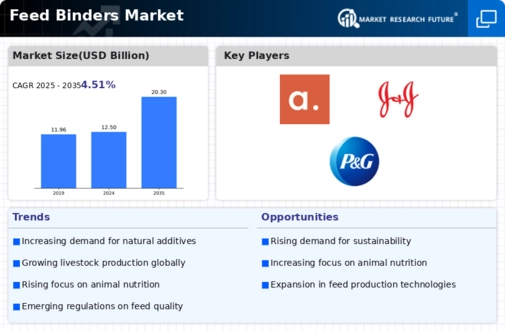
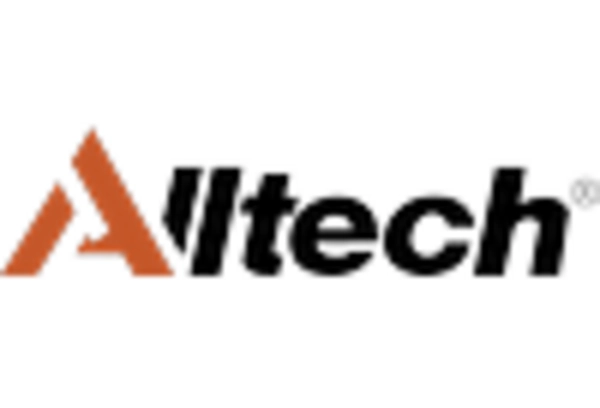
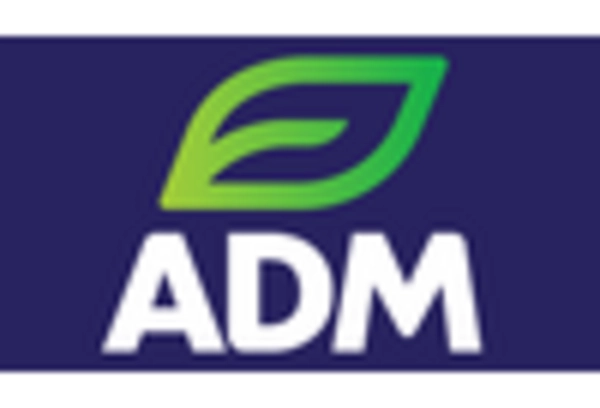


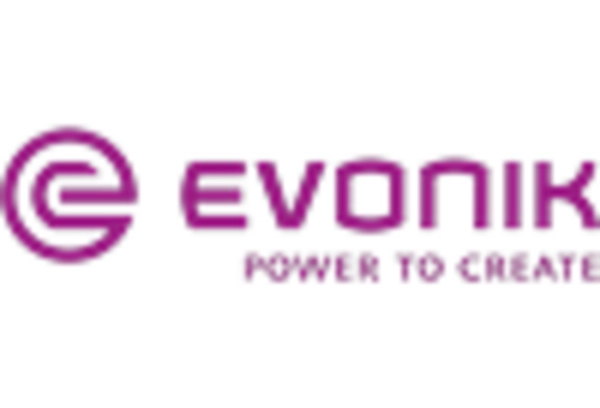
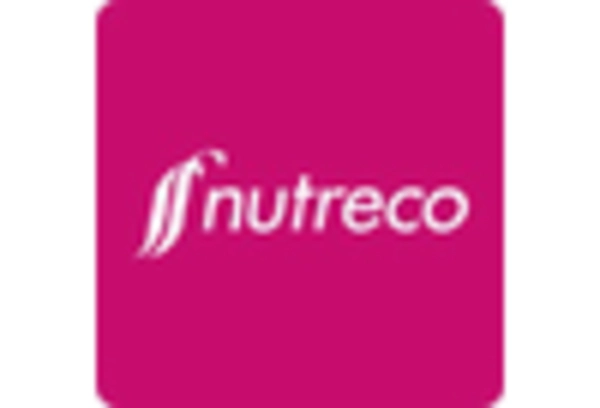









Leave a Comment